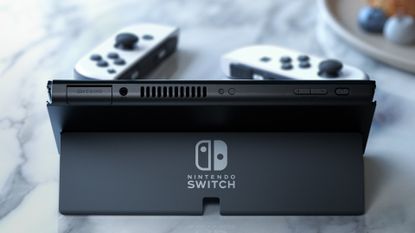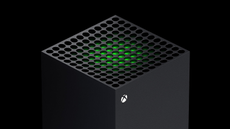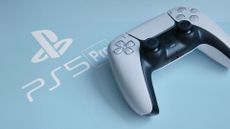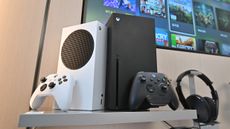The Nintendo Switch OLED has very definitely split opinion since its left-field unveiling a week ago, with some moving fast to lodge their Nintendo Switch OLED pre-order, while plenty of others moving fast to voice their disappointment with its perceived missing features and lack of ambition.
Both these takes are based on a pretty complete view of the Nintendo Switch OLED, too, with its release date (October 8, 2021), price ($350) and technical offering well known. Gamers don't know everything right now, with the BigN staying schtum so far for example about whether or not the console comes with upgraded Joy-Con controllers, but most of what it is going to offer is now out there.
And now, following a revelatory report by U.S. news site Bloomberg, gamers now also seem to have details about just how much the Nintendo Switch OLED's upgraded hardware costs to produce, with analysts slating that "the upgrades are estimated to cost around $10 more per unit" to produce.
The analysts, who hail from established industry research firms DSCC and Omida, note that the Switch OLED's new 7-inch OLED panel display, which is made by Samsung, costs an additional $3 to $5 per unit over the existing Nintendo Switch, which uses an LCD panel instead. On top of that cost is another $3.50 needed to double the internal system storage from 32GB to 64GB. Combined, probably with a few other negligible cost increases such as the console shipping with a larger kickstand, these roughly add up to around $10.
And, well, if that production cost increase estimate is accurate (Nintendo has declined to comment) then that leaves gamers facing a rather critical question in my mind – do they rate the Switch OLED's upgrades enough in order to pay $40 more than that production cost increase to land the system? After all, as noted above the Nintendo Switch OLED is going to hit the market at $350, which is a straight $50 increase over the price point that the original Nintendo Switch retailed for at launch.
It won't have escaped gamers that the Nintendo Switch OLED price does not tally with this estimated production increase cost, either. As it seems like despite the Nintendo Switch OLED costing only $10 more to make than the standard Nintendo Switch, the BigN is charging $50 more for it.
Is the opportunity to play Nintendo Switch games on a screen that could make them look much better worth that extra premium spend? Right now my opinion is that it absolutely isn't, but then again, I've not seen the system or seen games running on it. Maybe seeing the console in action will change my mind, but right now I think $350 for a system powered internally by hardware that is half a decade old but now has an OLED screen not an LCD one is a really tough sell.
I mean, for goodness sake, you can buy a PS5 Digitial Edition for just $50 more! That's a genuinely next-gen games console that delivers orders of magnitude better performance and graphics and that is absolutely future-proofed.
And I think the Nintendo Switch OLED price rise is also harder to stomach considering that there remains the possibility that the BigN could also release a Nintendo Switch Pro console in the foreseeable future, which uses the same OLED panel as this new console but features upgraded internal hardware.
So, is the Nintendo Switch OLED worth the extra spend? That's the critical question gamers are going to have to ask themselves when it comes round to October 8th.
- These are the best gaming headsets to play Nintendo Switch through











